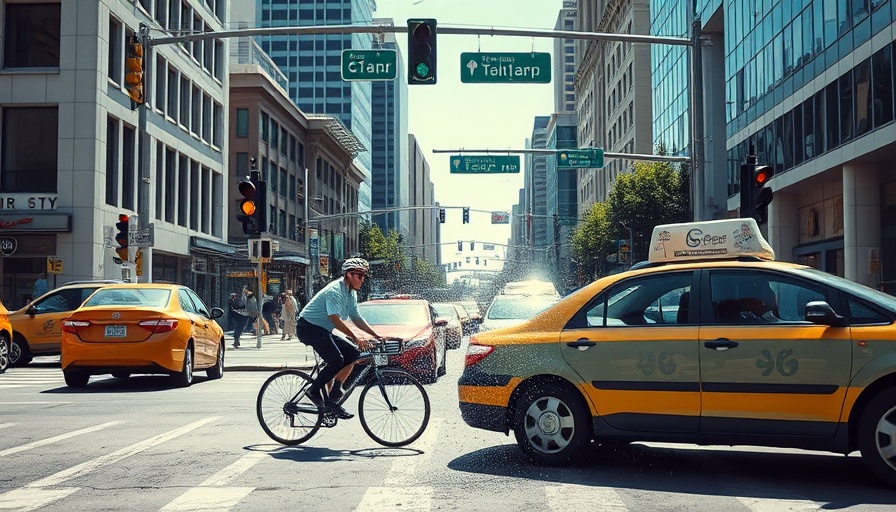
Rising Fares: A Burden on Commute Costs
Starting January 1, the MTA plans to increase subway and bus fares to $3, marking another significant rise for New Yorkers already grappling with inflation and high living costs. This fare hike, articulated in the MTA's 2025 financial plan, has sparked immediate backlash from key city officials, including Mayor Eric Adams, who argues that imposing such an increase without demonstrated improvements in service is unfair to hardworking citizens.
Concerns from Key Stakeholders
The proposed fare increase has not only frustrated commuters but also raised questions among influential stakeholders. Mayor Adams's condemnation of the MTA's decision highlights the growing concern that fare hikes do not align with the current economic landscape. Commuters are already feeling the pressure of rising prices in everyday life, and higher transportation costs will only add to their burdens.
Broader Implications for the Transit System
Financially, about 40% of NYC Transit’s operational costs rely on fare revenues. With fare evasion costs expected to reach $700 million this year, the MTA faces mounting pressure to balance its budget while maintaining the quality of service. Interestingly, the MTA is also planning another fare increase for 2027, indicating a trend rather than a one-time adjustment.
Understanding the Fare Structure Changes
Along with the increase in subway and bus fares, changes are coming to the fare structure. Unlimited monthly passes will be phased out, and the new OMNY card system, which will retain the $1 activation fee, will replace MetroCards. Users will now need to adapt to a rolling 7-day fare cap to minimize expenses, raising questions about their commuting budgets and options.
Future Outlook for Transit in New York City
The discussions surrounding fare increases indicate a broader conversation about public transportation funding and sustainability in New York City. As fare hikes are debated, it remains crucial for the MTA to effectively communicate improvements in service and reliability to validate these costs to the city’s commuters. Without attention to these factors, public trust in the transit system may continue to decline.
 Add Row
Add Row  Add Element
Add Element 



Write A Comment